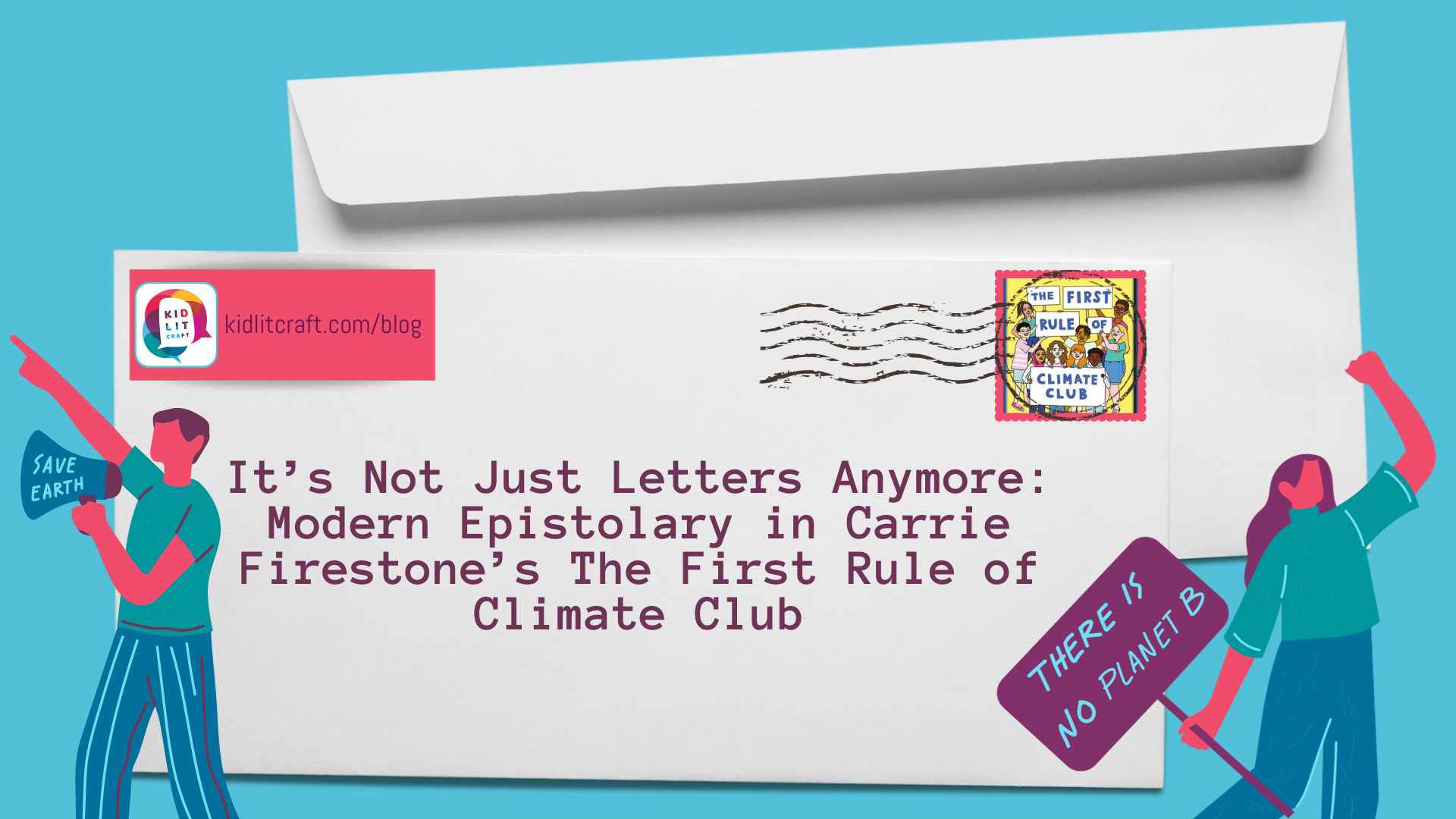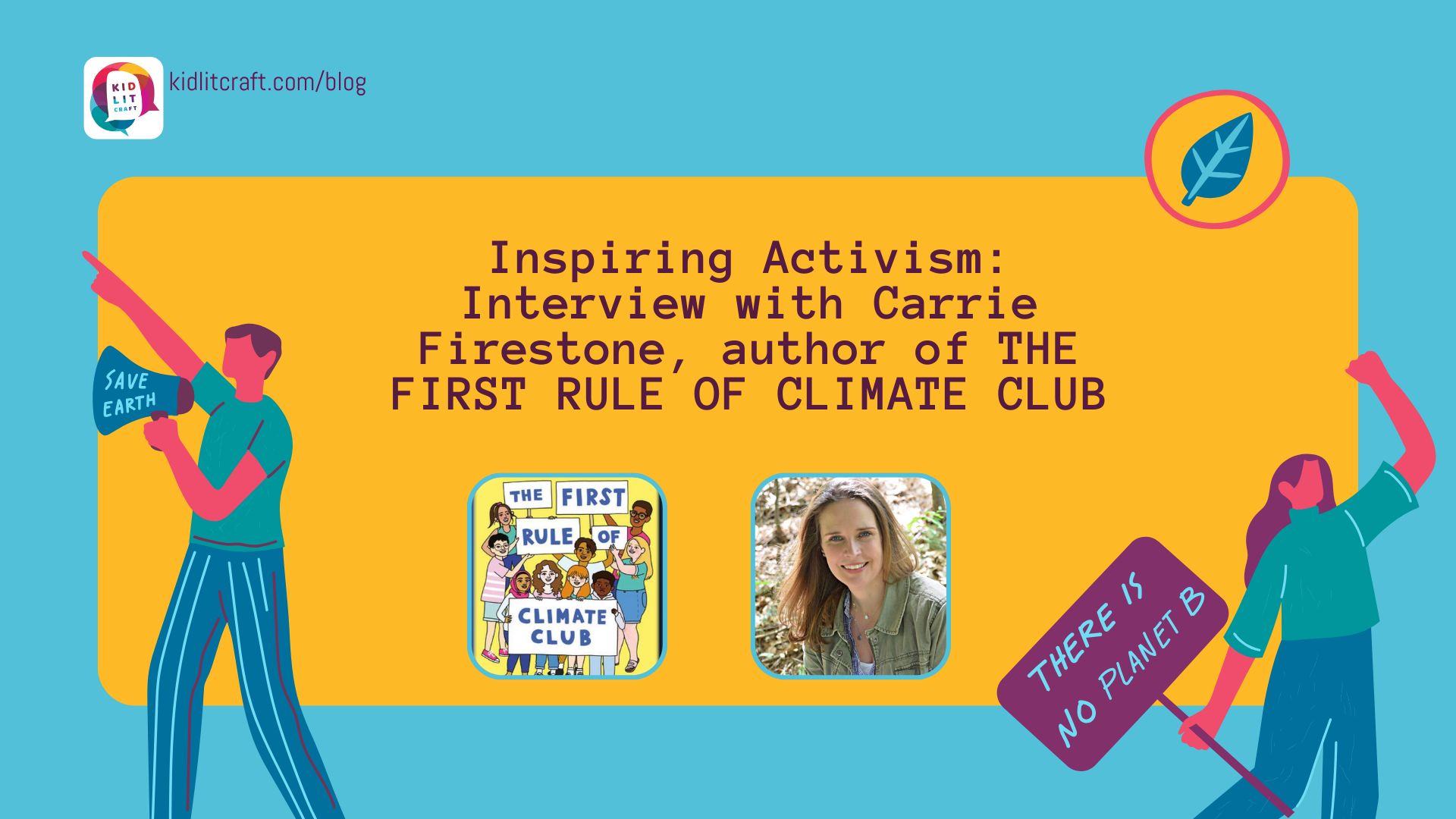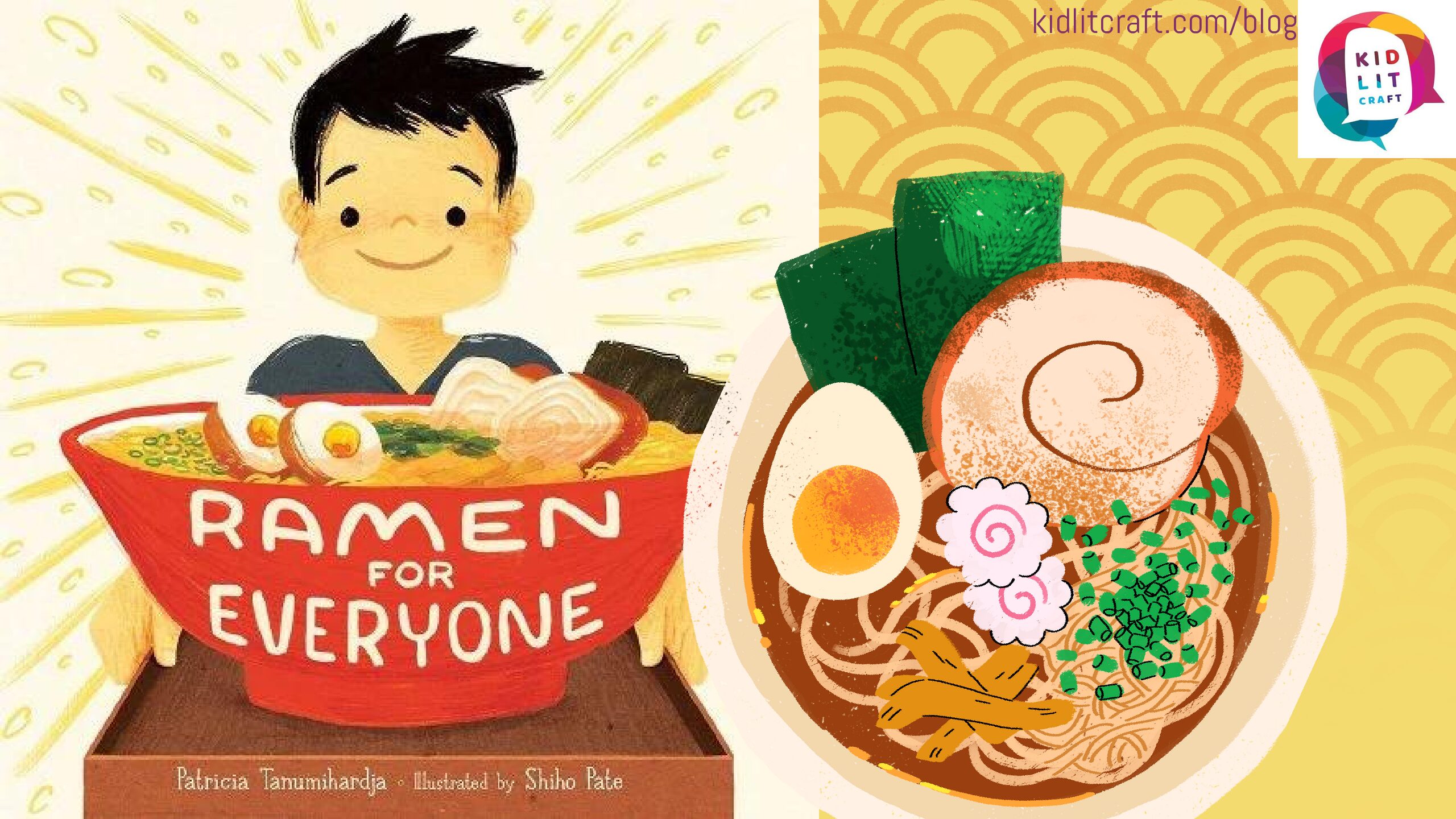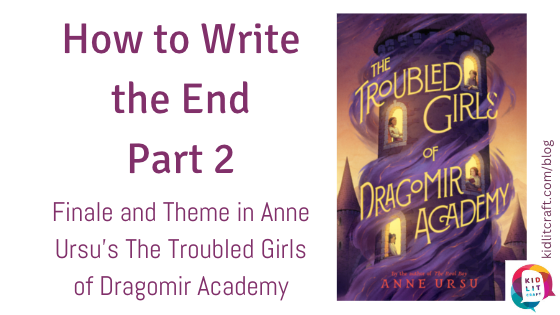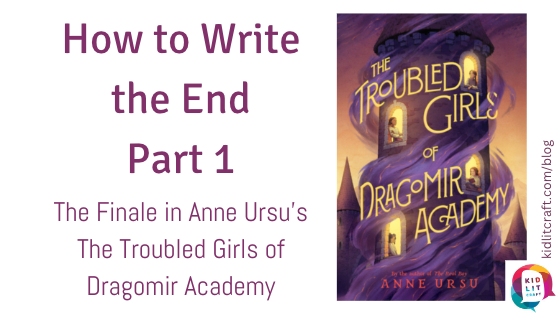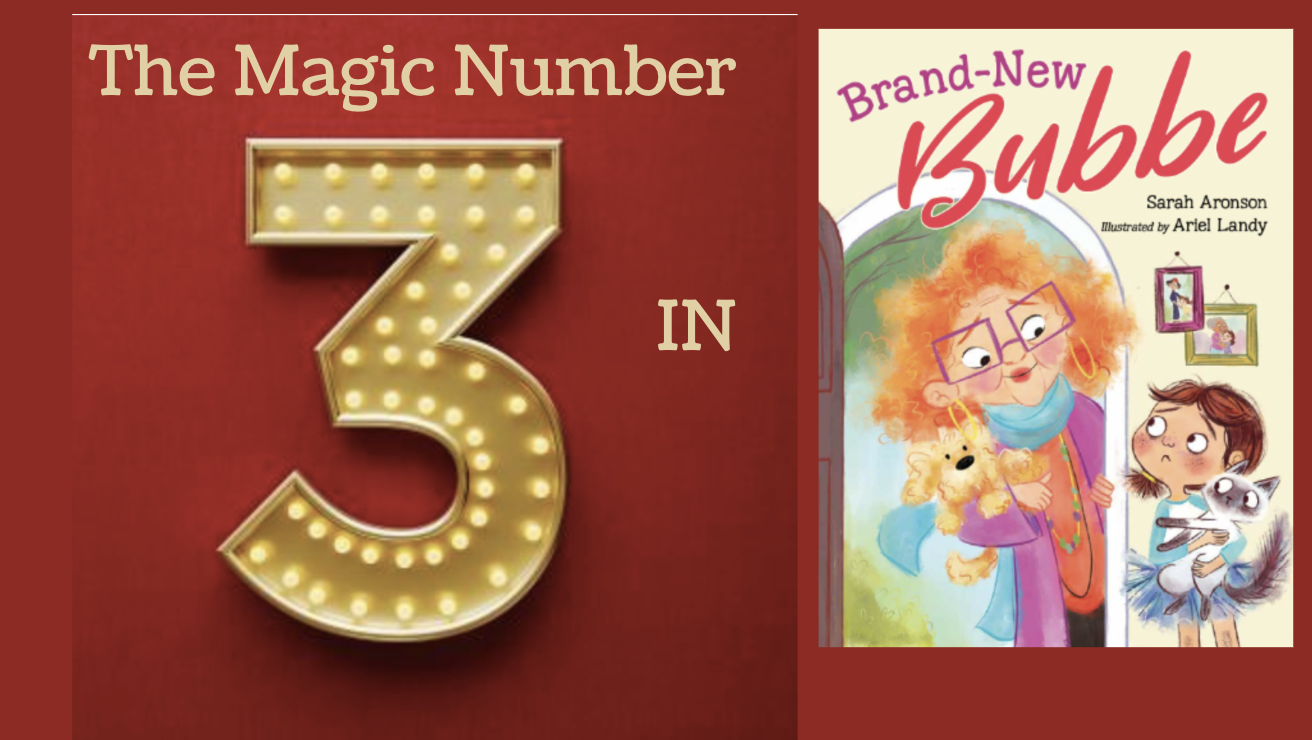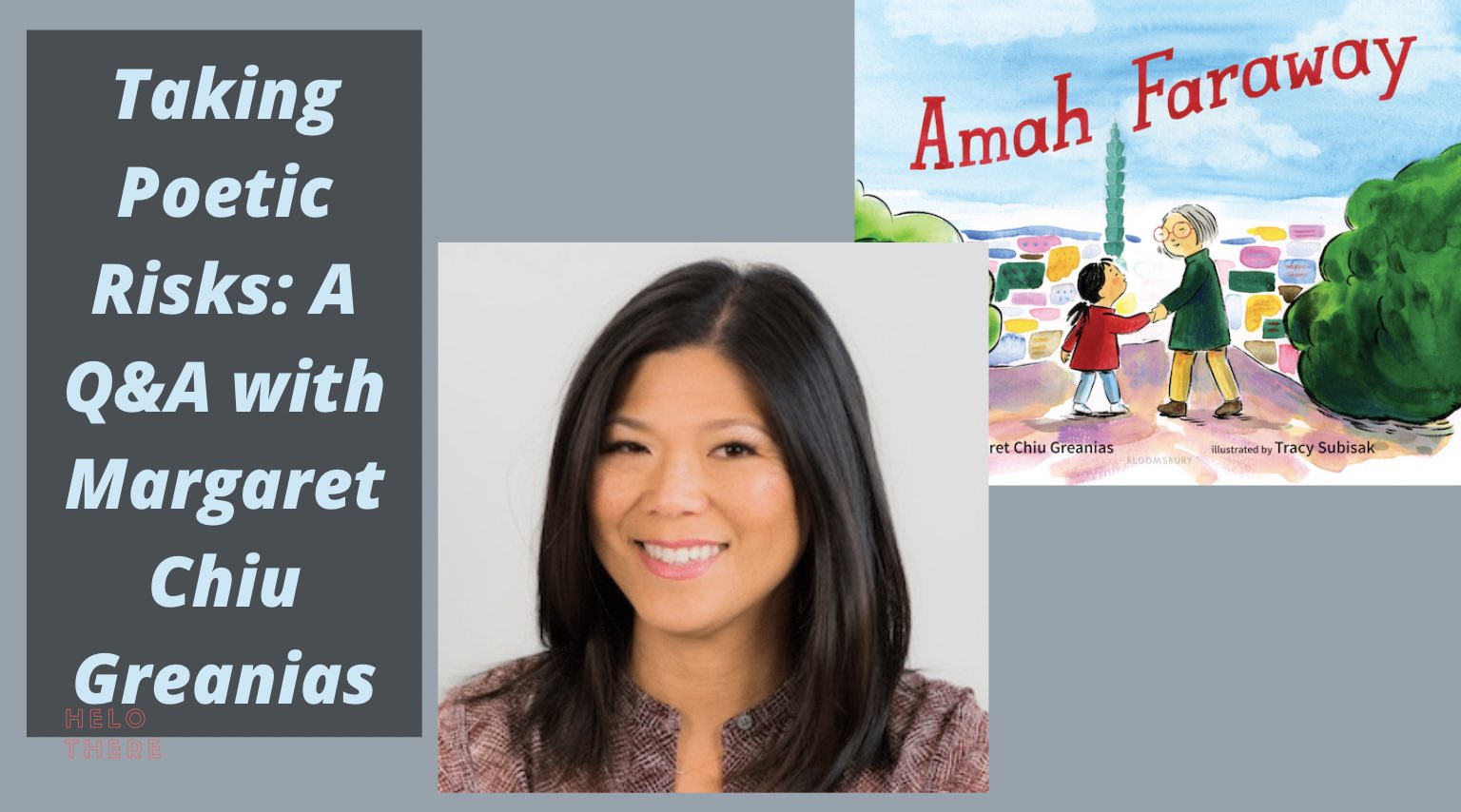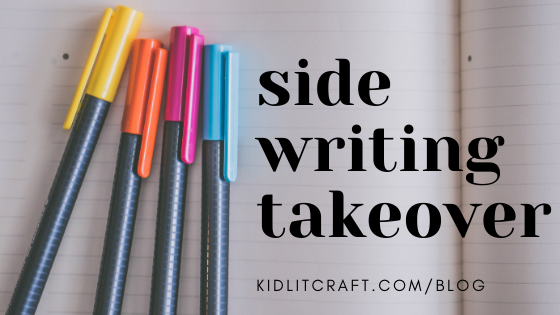hello!
JOIN US IN EXPLORING OTHERS' CRAFT AND BUILDING OUR OWN
In First Rule of Climate Club, Fisher Middle School’s new eighth graders get the opportunity to participate in a science class pilot program devoted to climate change. Firestone tells their story through protagonist Mary Kate’s eyes, but uses a slew of different types of communication that creates room for other points of view.
“My books are all an extension of the activism and community organizing in my life. My teaching was also a reflection of that. I take on political/social realities that I would like to see in the world.” –Carrie Firestone
Patterns can help shape a story, from the big-picture themes to the moment-by-moment actions. Giving kids the opportunity to “read” the patterns gives them practice in making meaning. And it gives them satisfaction in reading as well.
From the All is Lost moment, right before Act 3 starts, to the Climax, The Troubled Girls of Dragomir Academy has followed each beat from Save the Cat, drawing readers in and compelling them to turn the page. But even after a stellar climax, the story isn’t done. There’s the opportunity to make the ending fully satisfying. Here’s how Ursu does it.
The book I’m working on needs an ending. I know it, and I don’t know what to do about it, because I don’t know how to write one. So I decided to see how Anne Ursu did it in her masterful The Troubled Girls of Dragomir Academy. In this series of blog posts, I’ll share what I’ve learned with you.
Numbers have power, magic, even. Not the abracadabra kind, but the kind that makes a reader sit up and pay attention even though they don’t know why. Sarah Aronson understands the power of the number three as a literary device and uses it masterfully in her picture book, Brand New Bubbe.
Since I began writing picture books, I’ve longed to tell the story of my relationship with my Amah (grandmother, in Taiwanese). Even though we saw each other infrequently, I adored her. But like Kylie, my main character in Amah Faraway, I always felt a bit shy at the start of our visits–due to my own cautious nature, the distance, language barrier, and cultural differences.
The sidewriting exercise I rely on most is really simple. I write a messy, gossipy version of my story (or scene or conflict). I handwrite it, like it’s a note I might pass in class, and I allow myself plenty of gossipy digressions. . . . I’ve developed a kind of outlining process I love, but sometimes I really crave the structure of gossip, the way it’s built on cause and effect.
Framing your story with a STORY QUESTION that gets answered by the end of the novel works because it adds forward momentum, keeps your reader wanting to turn the page, and–since you delay the final answer to the question until the end–builds tension
Durham has made his job as a writer easier by having a strong turn near the midpoint of the book. He has something to build toward in the first half of Act 2 and something to move from in the second half.
